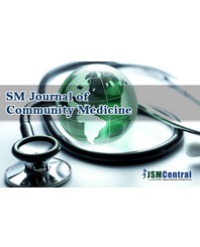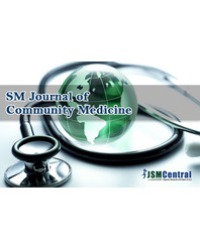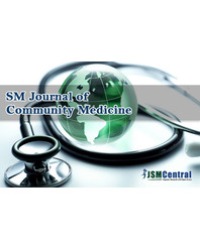
Dual Contraceptive Utilization and Associated Factors among People Living with HIV Attending ART Clinic in Fitche Hospital, Ethiopia
Background: HIV/AIDS continues to have disastrous medical, economic, social, and physical impacts on individuals, their communities and the nations of the world. Sub-Saharan Africa is at the epicenter of the epidemic and continues to carry the full brunt of its health and socioeconomic impact. Dual protection is a strategy that prevents both unwanted pregnancy and Sexually Transmitted Infections (STIs), including HIV, is emerging as an important preventive approach in reproductive health. Evidence relating to dual contraceptive utilization and reproductive intentions among PLHIV is rare, despite the fact that more than 80% of PLHIV are of reproductive age. The aim of the study was to determine dual contraceptive utilization and associated factors among PLHIV attending ART clinic in Fitche Hospital.
Methods: A facility based cross-sectional study design with both quantitative and qualitative data collection methods was employed from February 21st-April 20th, 2013. The study participants were selected by using simple random sampling technique. A pre-tested structured questionnaire was used to collect data. Both bivariate and multivariate logistic regressions were used to identify associated factors.
Result: The prevalence of dual contraceptive utilization of PLHIV in Fitche Hospital was 81 (32%) with 95% CI of (26.4% -38.2%) had dual contraceptives users by themselves or their partners. With regarding to married/ cohabited partner’s HIV status 143 (70.4%) were HIV-Positive (concordant) and 60 (29.6%) were Negative (discordant). This study identified that factors found to be associated with dual contraceptive utilization were: Age at first marriage < 18 years (Early marriage) [AOR = 3.44, 95% CI: 1.27- 9.29)], had more than 4 biological living children [AOR =10.24, 95% CI: 1.29- 81.06)], faced pregnancy since HIV diagnosis [AOR =2.05, 95% CI: 1.78- 5.46)], had no fertility desire [AOR = 8.58, 95% CI: 3.42- 21.52)] and had sexual practiced with Husband/wife [AOR =4.9, 95% CI: 1.59- 15.07)] were some of the factors significantly associated with dual contraceptive utilization.
Conclusion: The prevalence of dual contraceptive utilization of PLHIV in Fitche Hospital was 81 (32%). In this study: Age at first marriage, biological living children, pregnancy since HIV diagnosis, fertility desire and sexual practiced were demonstrated significantly associated with dual contraceptive utilizations among PLHIV, therefore, these factors should be emphatically considered during PLHIV’s reproductive health program development.
Dereje Bayissa Demissie¹*, Teka Girma¹, and Gizachew Abdissa²


